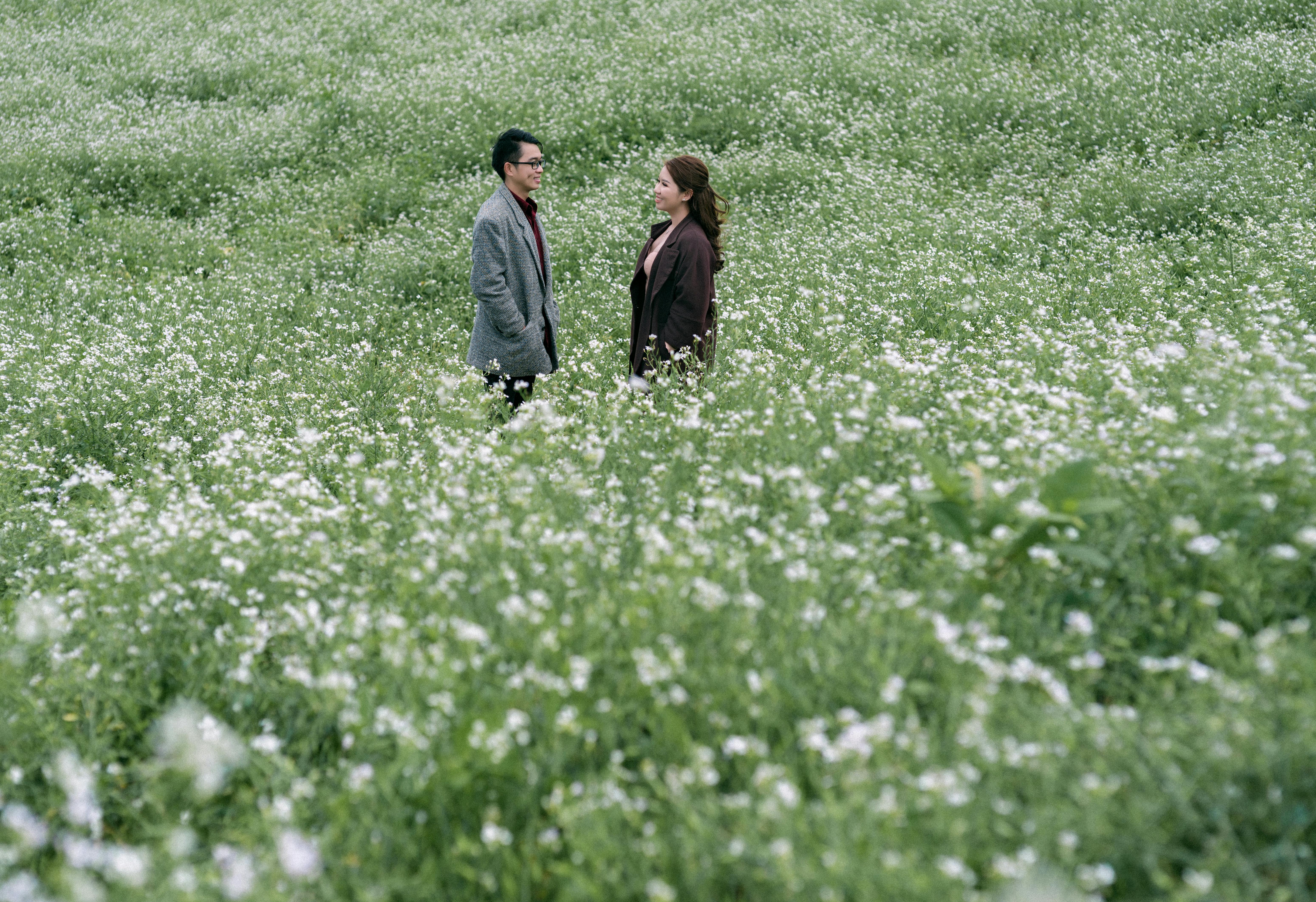
Intriguing holidays in Japan
admin
- 0
JAPAN IS A PUZZLE
Japan was cut off from the rest of the world for two hundred years between 1641 and 1853, and during that time the only foreigners allowed to remain were a handful of Dutch East India Company merchants, who were confined to an island in Nagasaki. port. At that time, Japan was ruled by shoguns, generalissimo, the last of whom, Tokugawa Yoshinobu, abdicated in 1867 in favor of Emperor Meiji.
Now, was it something in the Japanese character that induced people to isolate themselves from outside influence, or is their current wariness and reserve towards foreigners the result of that episode in their history? What came first, the chicken or the egg?
Here’s another thing. It is no secret that Japanese soldiers in World War II treated the enemy and especially prisoners of war with great harshness. Yet the nation’s art, architecture, design, performing arts, costume and dress display the utmost grace, the most delicate delicacy, the most painstaking devotion to beauty and craftsmanship. How do these two facets of the Japanese character combine?
It’s not possible to answer these questions in a short visit to Japan, but you can pick up some fascinating clues as you travel the country, meet people, and see the glories of not only the landscape but also the culture.
Here are some must-sees.
TOKYO
Tokyo of course. Ginza is the district of elegant boutiques, luxurious department stores and elegant office buildings. You will be surprised by the wide streets and sidewalks and the general absence of congestion or crowding.
A short walk away is a huge park with, in the center, the imperial palace. In the wide avenues of the park you will get a wonderful feeling of space and freedom, although beyond that lies the skyline of the city center.
Asakusa is a bohemian area, with rows of market streets and avenues lined with shops, as well as several shrines and temples, including the oldest and most visited in the city, Sensoji. Marvel at the architecture and ornamentation of the buildings, but also take time to sit in front of a shrine, perhaps at night, and absorb the peaceful atmosphere.
In Shinjuku. walk from the subway station to the Metropolitan Government Building, where from the 46th floor, you can be higher than anywhere in the city and get the most splendid views, including, on a clear day, Mount Fuji in the distance .
Visit the Tsukiji Fish Market, preferably before 6am, when the place is buzzing with activity and you can see freshly caught fish, octopus and shellfish being auctioned off.
KYOTO
Kyoto, where the Kyoto Convention was signed, but forget it and head to the outskirts of the city to see:
* Ginkakuji, the Silver Pavilion, located on a hillside covered with moss and pine trees;
* The Philosophers’ Walk, a charming path alongside a carp-filled canal dominated by cherry trees that put on a sensational flower display in the spring;
* Kiyumizudera, a temple with a large high balcony nestled into a hillside, offering wonderful views;
* Kinkakuji, the Golden Pavilion, a mansion covered in gold leaf, built for the nobility;
* Ryoanji, a 14th-century dry garden, where fifteen moss-covered rocks of varying sizes sit amongst the gravel, creating an intriguing pattern that soothes the senses;
* Gion, where elegantly dressed geishas still carry out their engagements.
NARA
Nara, the capital of Japan from 710 to 784, and nearby (about 12 minutes by train) Ikaruga, site of the world’s oldest wooden buildings in the Horyuji temple complex. Nara is also a city rich in temples and shrines, as well as the site of at least three McDonald’s.
Don’t miss Todaiji, located in a park where tame deer roam freely. Todaiji cannot fail to impress: it is the largest wooden building in the world and houses a huge statue of Buddha, whose fingers are the height of a man. Note the wonderful arched structure above the entrance, reminiscent of a samurai’s helmet.
Sit and reflect by the Sarusawa Pond, where dozens of small turtles swim and bask on logs. Stroll through the narrow streets to the oldest part of town, Naramachi, with its traditional wooden houses and the occasional boutique. Also walk the path, lined with a thousand lanterns, to the Kasuga Shrine, established in 768.
There is more, infinitely more, but this will be enough to give you a taste.
TRAVEL BY TRAIN
If you plan to travel by train, the Japan Rail Pass is a must and a great help. Buy the coupon before you arrive in Japan. Not just the shinkansen, the bullet train, but all the trains are smooth and comfortable and their punctuality is such that you can set your watch based on them. If a train is three minutes late, there will be a sign at the station telling you so. The subway and train lines in Tokyo, while terribly complicated to see on the map, are actually almost foolproof: announcements and signs are in Japanese and English, and color coding helps you follow the signs to the right. correct platform. Ask people if they speak English and most will put up a thumb and forefinger almost touching each other and say ‘A little’, but you’ll find that ‘little’ is usually enough to get you on your way.
You will notice, going back to our puzzles at the beginning, that Japan is a very orderly society and that the Japanese are too polite to each other and to visitors. There may be an undercurrent of wanting to throw off the constraints of that ethic of good behavior and hard work, but as a visitor you’ll see little of that. You may be surprised at how homogeneous society is: you may find yourself the only non-Japanese on a crowded subway at rush hour. But as a tourist, a smile, a touch of bow, and a word or two in Japanese go a long way.

